Yeast for Baking:
Baker’s Yeast, Brewer’s Yeast, Nutritional Yeast, Instant Dry Yeast, Active Dry Yeast, Yeast Cakes, Compressed Yeast, Fast Rise Yeast, Rapid Rise Yeast, Quick Rise, Bread Machine Yeast, Wild Yeast … how are you supposed to know what to use when baking gluten free bread??! And what if you can’t have or don’t have yeast?
Good questions, all! Luckily I have answers for you!
First things first — what is “yeast?” Simply put, yeast is a living micro-organism that converts sugar and starch into carbon dioxide and alcohol, making it the perfect ingredient for beer brewers, wine makers and bread bakers — anywhere you need bubbles.
Yeast can be divided into 4 general categories: Dried Yeast; Fresh Yeast; Wild Yeast; and Brewer’s Yeast.
For basic, at-home gluten-free bread baking purposes, we’re sticking with the first category, but in case you are curious, I’ll give you the nutshell version of the other three kinds of yeast (it’s great trivia to impress your friends!).
(And in case you’re wondering, the yeasts we’re going to be talking about are all gluten free unless otherwise noted.)
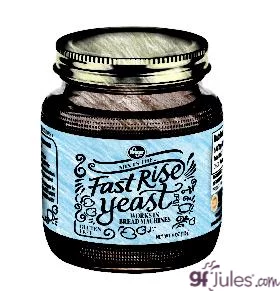
Baker’s/Dried Yeast:
This form of Baker’s yeast is alive but inactive due to lack of moisture.
Quick Rise, Rapid Rise, Fast Rise, Instant Dry and Bread Machine Yeast
These type of yeast are all basically the same, but are different from “Active Dry Yeast” in that they are more finely granulated and are dried to a lower moisture level, so these quick rise yeasts need not be dissolved in water to become hydrated before mixing (i.e. no proofing!). Specific brand package directions will indicate the amount of time recommended by the manufacturer to allow for rising. Here’s the Quick Rise Yeast I use most often in my gluten free baking.
What does the name mean to you? It means that these instant dry yeasts can be added to the dry ingredients during mixing or can be added last, on top of other dry ingredients in a bread machine. Furthermore, these fast rise yeasts usually contain ascorbic acid which increases the height you’ll achieve with most baked loaves.
Gluten free loaves do not need — and in fact, should not be punched down and given a second rise (find out why in this article) — so these instant yeasts are the perfect choice for your gluten free bread baking needs. Do not proof these yeasts or they will lose some of their fast rising properties. Click here for the Quick Rise Yeast I prefer for my gluten free baking.
Active Dry Yeast
This type of yeast has larger granules and must be dissolved completely for the yeast to become “active,” so it must be dissolved in warm water (100° to 110°F) before using. This process is called “proofing” or “proving” the yeast.
It also typically requires more Active Dry yeast to rise a bread loaf than it does Instant Yeast, so those recipes can smell and taste more “yeasty.”
If a recipe calls for Quick Rise or Rapid Rise Yeast, can I use regular Active Dry Yeast instead? Yes! Here’s How:
If a recipe calls for Quick Rise yeast and you’re using Active Dry yeast instead, use 1 1/4 x more Active Dry yeast than the Quick Dry yeast called for in the recipe. (Example: recipe calls for 2 1/4 tsp Quick Rise yeast; use 2 3/4 tsp Active Dry yeast.) You also must proof the yeast before adding it to the recipe.
Dried yeast of either kind is most often sold in 3-pack strips or in 4-ounce jars. Three-pack strips each contain a 2 1/4 tsp. of yeast per packet — the amount typically required for one loaf of bread. The 3-packs also help to keep yeast fresh if you’re not using it daily.
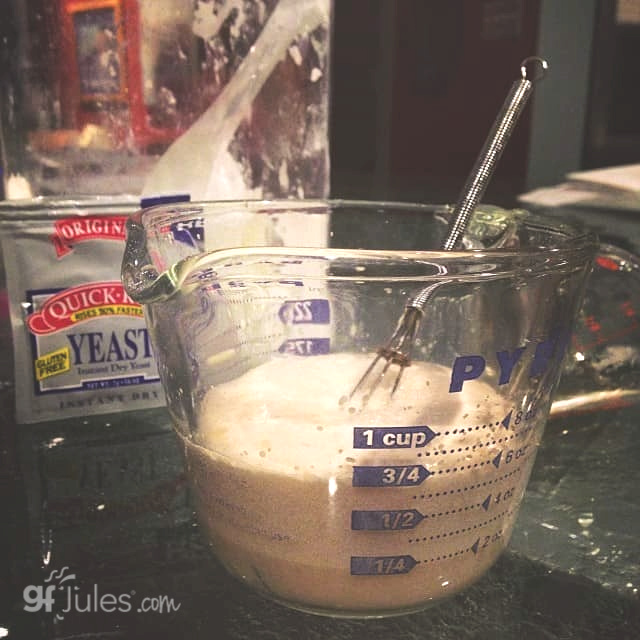
To proof active dry yeast or cake yeast …
add 1 packet of yeast plus 1/4 cup warm water and 1 teaspoon sugar. By warm water, I mean 100-110F, or an easy trick is just to stick your finger in the water and if it feels a little warm, it’s probably just right. Cold water won’t activate the yeast well and if the water is too hot, it could kill the yeast organisms. Think Goldilocks — it needs to be just right!
Stir the mixture together in a bowl like pictured here and let it sit for 5-10 minutes. The yeast should start bubbling, which means it is fermenting into alcohol and carbon dioxide — the bubbles you want inside your breads to give them rise and lightness.
Always store yeast away from moisture and at room temperature, and use by the expiration date; it does keep longer if refrigerated or frozen, but bring it to room temperature before using. Almost all of these types and brands (Red Star; SAF, Hodgson Mill, Fleishmann’s, …) of yeast are gluten free and many say so on the packaging. Here’s a link to buy gluten free Active Dry Yeast.
NOTE: Red Star PLATINUM and Red Star SOURDOUGH STARTER are NOT GLUTEN FREE. As with anything else, always read labels!
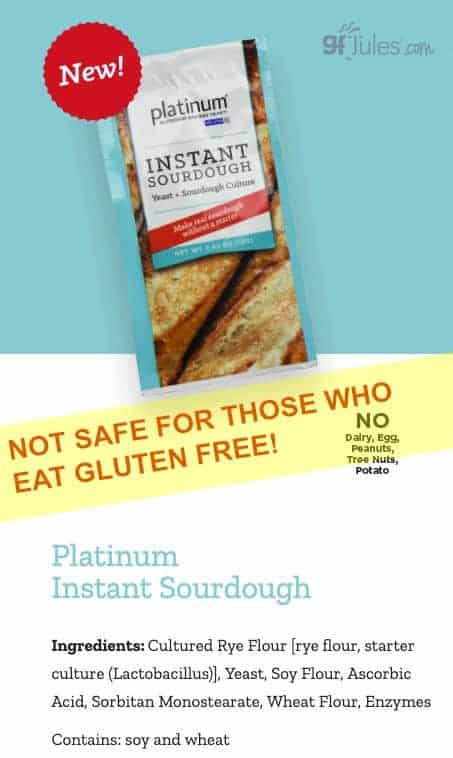
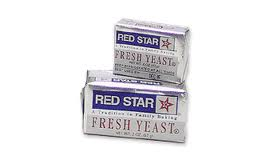 Baker’s/Fresh Yeast:
Baker’s/Fresh Yeast:
This yeast (also called “Cake Yeast”) is alive and extremely perishable since it has not been dried. You may, but you don’t have to, proof this yeast. To work with fresh yeast, soften the yeast cake in warm water or just crumble it into the dry ingredients.
Fresh yeast requires two rises, so it is not ideal for gluten free breads, which require only one rise. To substitute fresh yeast in a recipe calling for active dry yeast, use one cake for each package (2 1/4 teaspoons) of Active Dry or Instant Yeast called for in the recipe.
Wild Yeast:
Ever made a sourdough starter? That’s Wild Yeast. Starters are comprised of a mixture of equal parts flour and water, “colonized” by yeast and friendly bacteria (and yes, you can make a gluten free sourdough starter — use my gfJules Multigrain Flour or All Purpose Flour!).
One way of making your own starter is to simply sprinkle 2-3 teaspoons of rapid rise or active dry yeast onto 2 cups of warm water and let sit for 15 minutes, then whisk in 2 cups of gluten free all purpose flour. Cover loosely, and let the mixture sit. You need to “feed” it, as my friend Amy says – “like a pet!”
The more authentic way of making sourdough starter is to follow the recipe below by mixing in a non-reactive container like glass, glazed pottery, stainless steel, or food-grade plastic.
Go HERE for Gluten Free Sourdough Starter Recipe
Gluten Free Sourdough Bread Recipe
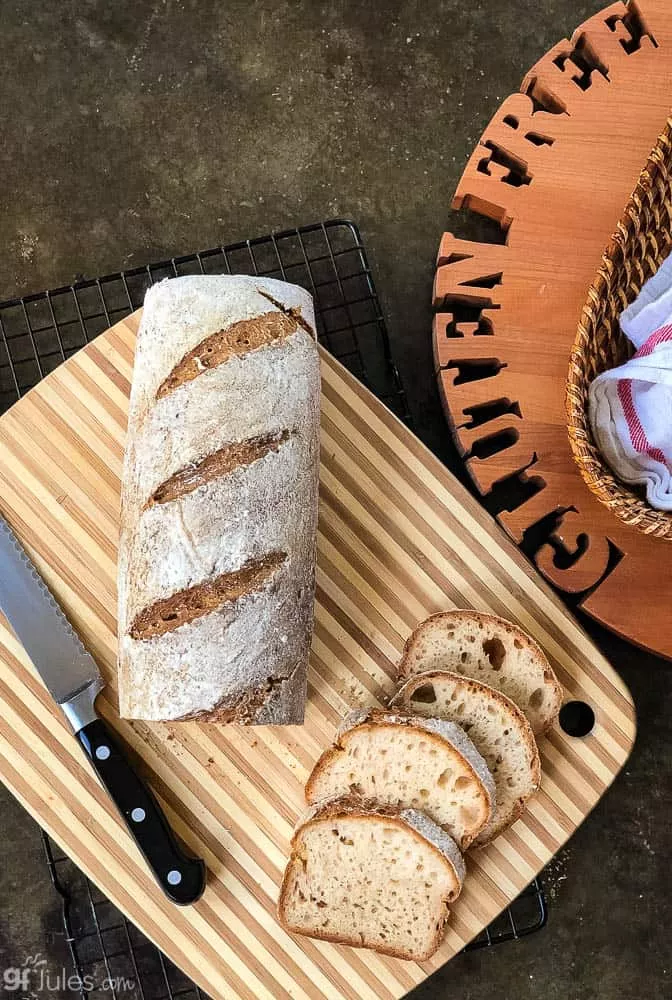
Brewer’s Yeast/Nutritional Yeast:
To confuse things further, there are two kinds of Brewer’s Yeasts: one used to produce alcohol and bubbles in beer; the other used as a nutritional supplement. The latter is what is used in cooking — it is deactivated, and will not produce any alcohol or bubbles, and thus, will not rise your bread.
While there is a difference between the Brewer’s Yeast used for cooking and Nutritional Yeast, they are actually made from the same strain of yeast. Brewer’s Yeast for cooking is a by-product of beer production and thus, retains some of the bitter flavor from the hops; Nutritional Yeast is not as bitter because it is grown on molasses.
One would assume that people eating gluten free would need to avoid “Brewer’s” yeast, opting for “Nutritional” yeast instead; however, one brand I have used takes confusion to new heights by calling itself “Brewer’s Yeast: High Potency Instant Natural Nutritional Yeast.”
At first, I passed it by, but the product rep assured me it was gluten free (it’s also certified gluten free). How could this be? Apparently because this particular “Brewer’s Yeast” product is grown on beet molasses, rather than being a by-product of gluten containing beer processing. Right. I wish they could get their terminology straight! (Yet another reason to read labels thoroughly in every case!) {Bragg Gluten Free Nutritional Yeast}
As a nutritional supplement, this yeast offers a cheesy/nutty flavor that vegans love to use in recipes where the cheese is not used — it’s even great on popcorn! It is also full of protein and B vitamins, and thus is highly prized, particularly in the vegetarian community.
I have a great recipe for gluten free crustless (vegan) quiche in my newest cookbook, Free for All Cooking. I also use it in some other savory gluten free dinner recipes in my Gluten Free Dinner-A-Day ebook. It’s fun to make something so simple and easy for your family’s dinner, and know it’s chock full of yummy good-for-you goodness — you really should give nutritional yeast a try in some of your recipes, too!
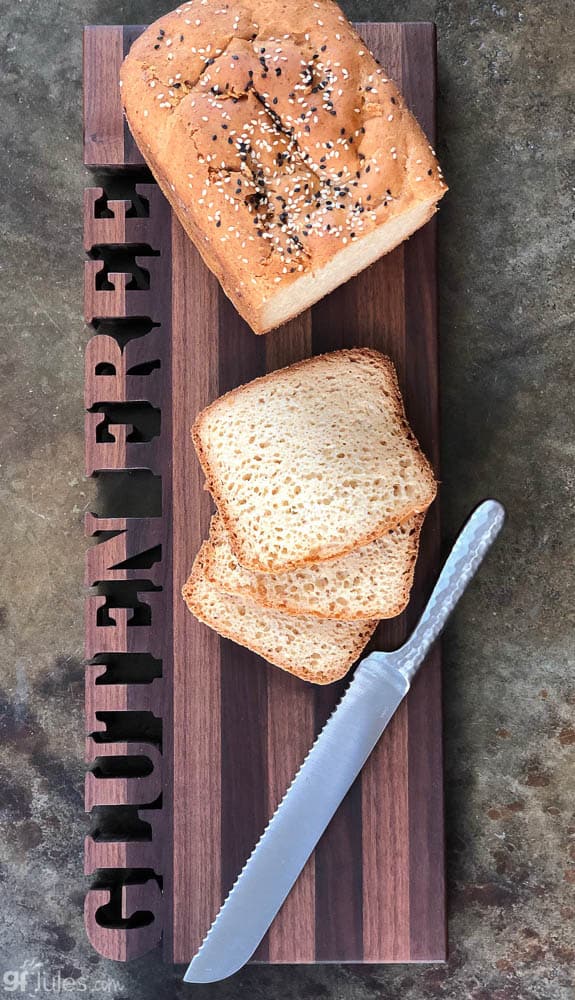

Gluten Free Bread Baking — which yeast and why?
So by now you’re probably asking why gluten free yeast breads require only one rise, and therefore work well with the instant yeast varieties.
Well, we have come to the point in this program where we can celebrate the fact that gluten free yeast breads are actually faster to make and to bake because they do not contain gluten. Obvious, I know, but that means that there is no “punch down” step, no second rise, and no kneading required. In fact, all those steps are done just to “exercise” the gluten, which is totally lacking in our breads (right?!).
So actually, not only do you not need to take those steps, you don’t want to do them either, or you will kill your precious gluten free bread! For more on they why and how of making great gluten free bread … easily, read my top tips to Great Gluten Free Bread.
Trust me: when making gluten free bread, simply mix/beat well; cover & rise; bake; enjoy. That’s it. Easy as can be. You can even do it with a wooden spoon and bowl, although I’ll admit I use my stand mixer every time I have a choice. Check out my updated Gluten Free Bread Baking ebook for loads more gluten free bread baking tips and 32 gluten free bread recipes!

What if I can’t have yeast or can’t find yeast?
I have lots of gluten free bread recipes that don’t require yeast.
Many breads can still be yummy when you use chemical leaveners like baking soda and baking powder in place of yeast. Typically you’ll use the same amount of double acting baking powder in place of yeast, so if a recipe calls for one packet of yeast, you’ll use 2 1/4 teaspoons of baking powder.
If you don’t have baking powder, you’ll need to add baking soda plus an acid, so use an equal amount of baking soda and lemon juice or white vinegar in place of yeast. Either double acting baking powder or the baking soda + acid trick will replace the yeast needed to create the bubbles that give the dough lift and create air pockets that make bread, well, bread. What will be different is that there will be no yeasty smell or taste and there will be no need to allow for rise time.
Yeast-Free Gluten Free Bread recipes:
- Gluten Free Yeast Free Sandwich Bread Recipe
- Gluten Free Yeast Free Pizza Recipe (Scroll to the bottom for yeast-free modification)
- Gluten Free Yeast Free Dinner Rolls Recipe
- Gluten Free Flour Tortillas Recipe
- Gluten Free Pita Bread or Flatbreads Recipe
- Gluten Free Sourdough Breadsticks Recipe
- 52-Minute Gluten Free Cinnamon Bun Recipe
- Gluten Free Irish Soda Bread Recipe
- Grain-Free & Yeast-Free Bagels Recipe
These yeast-free, gluten-free bread recipes are fantastic, and prove that you don’t need yeast to make great bread. I encourage you to give these recipes a try.
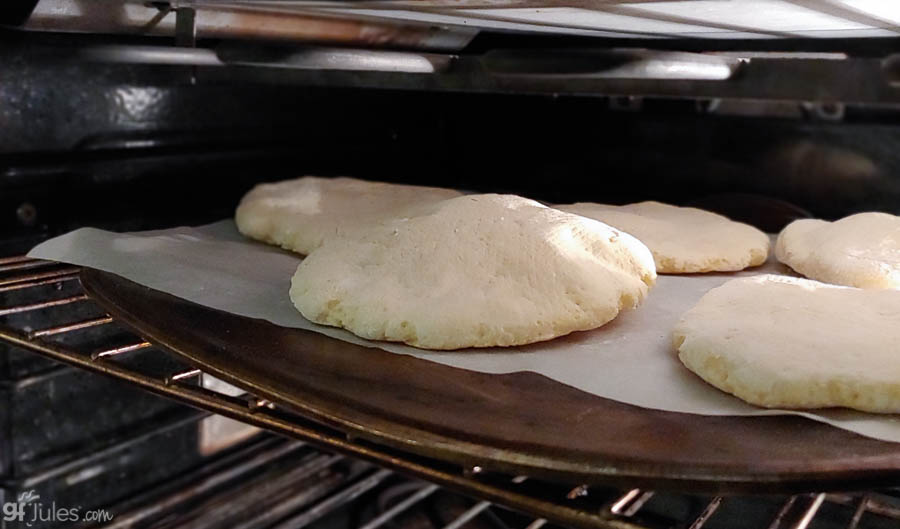
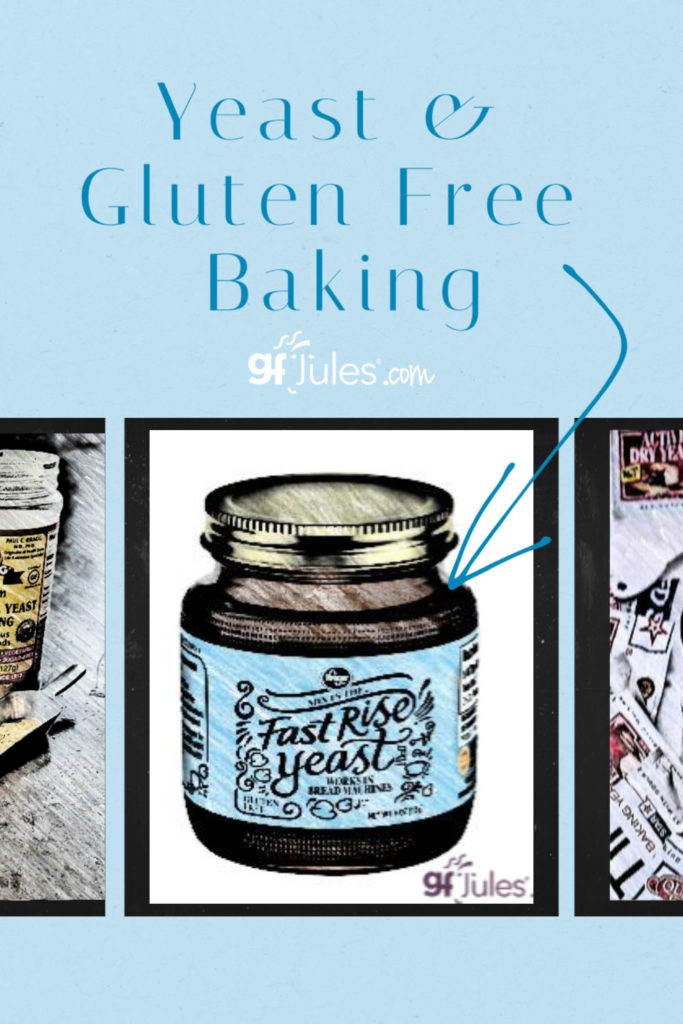
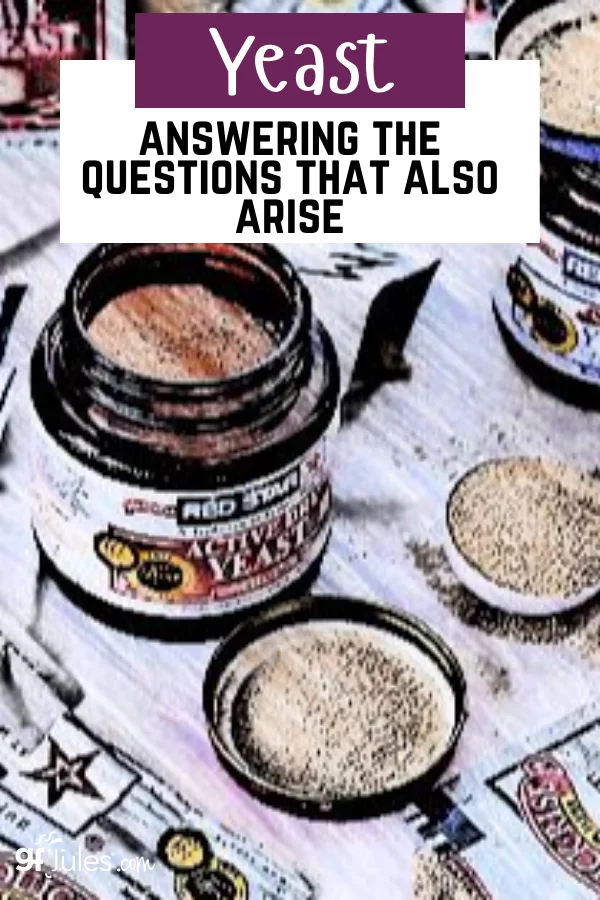
*In some cases, sponsors have provided free product. Some links to products may be affiliate links; purchasing through these links doesn’t cost you anything additional. As always, all opinions are my own. See my disclosure policy for more information. Working with select brands I love allows me to keep bringing you free recipes and great contests! I hope that in the process, you’ll learn about some of the safe gluten free products I choose for my family. Thanks so much for your support!
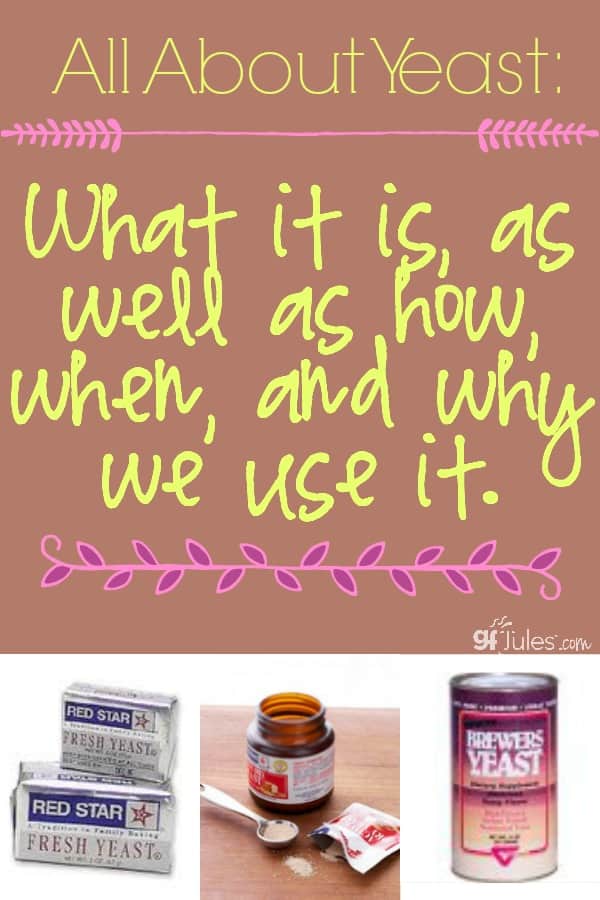


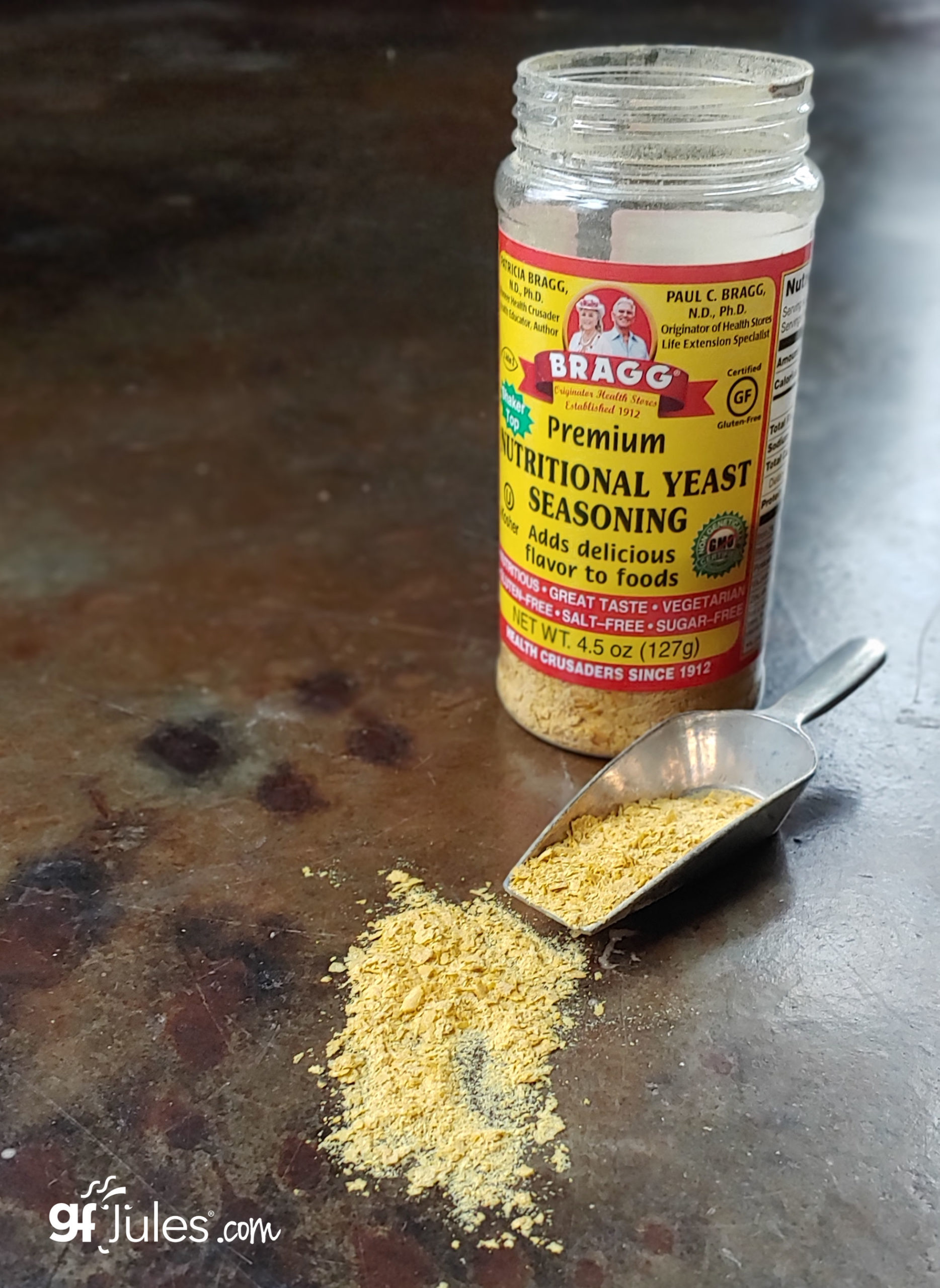
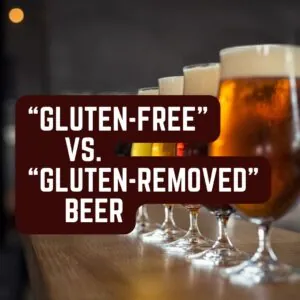
















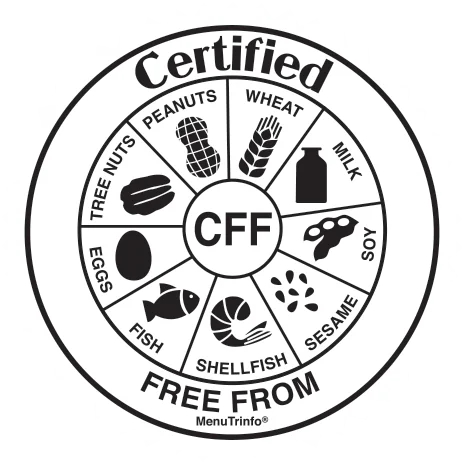
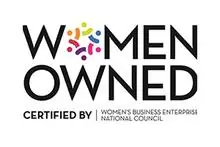

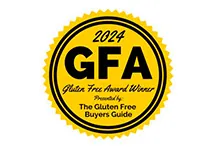
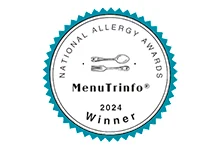
It looks like the only option then is the dough setting, I would have to bake the bread seperately in the oven after that. My concearn was more about the time settings in the dough position, will they work for a wheat free bread?
It starts with a …
0 Min rest
22 min knead
58 min rise
13 sec stir down.
This is the dough setting.
All of the other available settings have…
2 more rises / 2 more stir downs, and a bake.
How hard would it be just to make this batch by hand?
OH I’m sorry, I have only seen a few online, and wasnt set on anything as of yet, I’m just trying to find out if I can use this machine. Are you saying that it’s all up to the recipe?
Hi Lawrence, if you can override the machine so that it does not do the punchdown and second rise (perhaps just use the dough setting then afterwards set a bake setting for 1 hour) then you should be able to use this machine for gluten-free bread recipes. Hope that helps!
From what I can tell, the ONLY choice I would have is to use the dough setting on this machine. I have comprehension problems which is why I wanted you to check out the manual.
Anyhow I suffer from wheat intollerance, dairy intollerance, and bakers / brewers yeast intollerance.
My wheat is at 2.45 KU/L
Cows milk at .37 KU/L
Bakers/ brewers yeast at .72 KU/L .
I have had anaphylaxis from wheat and cheese and cows milk. not sure about the bakers brewers yeast.
I just wanted to know if the times for the dough setting on the machine will work, since they are not adjustable. If not, how hard would it be for me to try to make this bread by hand?
Hi Lawrence, I don’t know what recipe you’re referring to here.
I’m assuming I can’t use this machine for wheat free bread?
Look at page 13.
http://westbend.com/media/catalog/product/doc/l4978.pdf
Hi Lawrence, it’s more about the cycles than the flour. You don’t want the stir-down or punch-down cycle and second rise for gluten-free breads. If you can figure out how to program this machine so that it only has one mix/knead, one rise and one bake, the gluten-free flour should work fine with a gluten-free recipe in this machine.
Thanks for the info.
I’ve just made gluten free bread with fresh yeast and it rose better than with the dried yeast. It is gluten, not yeast, that needs a second prove (rise). Some brands of dried yeast are not always reliable, this was said to me by a baker when I asked him what type of yeast he used.
Keep up the good work. Good information helps us to be more capable and creative.
Good to know that you had more success with fresh yeast. Thanks for the information, Eileen!
I thought the article was awful. The asker didn’t ask what yeast is, or what the different kinds of yeast are, etc. she simply asked what kind of yeast is best for gluten-free baking. I can’t even see where that question was answered and don’t care to skim literature on the history of yeast to double check.
I agree! I wrote a comment asking for some clarification!
I recently learned that I am allergic to gluten, wheat and bakers yeast. Is there a bread product out there for me?
Hi Cyndie – your best bet will be to use premade Gluten-Free Flour tortillas or to make your own (they’re easy and so tasty!). Here’s the recipe: https://gfjules.com/recipes/ If you really want a gluten-free “bread,” though, I’d highly suggest you make your own. I have a fantastic yeast-free GF bread recipe that you’ll love if you’re craving bread. It’s in my book, Free for All Cooking – do you have that book?
So, to clarify, I CAN use nutritional brewers yeast instead of the other when making gluten free bread?
Georgiana – nutritional yeast will not substitute for regular yeast when making breads that are expected to rise. It is a different animal altogether, so-to-speak. I like adding nutritional yeast to other dishes for enhanced nutrition and taste, though.
My gluten free bread has big holes in it after baking. What am I doing wrong? Too much yeast???
Hi Kaye, often it can be a sign of too much yeast or too fast of a rise. Try first letting your breads rise more slowly and gently. If that doesn’t work, switch from rapid rise to regular instant yeast.
Can you use absorbic acid in bread dough vs Yeast.
I am allergic to Yeast
Ronnie – I can’t say that substitution will work in most yeast bread recipes. I would recommend sticking to yeast-free recipes. I have one that I love in my cookbook, Free for All Cooking, for example. It’s a great sandwich bread recipe and I bet you wouldn’t even miss the yeast!
Question about pizza and the dough not rising. I’ve tried several times and somehow the dough just doesn’t rise. Using the instant yeast, not sure where the problem is.
I’ve thought about getting a bread machine. The Cuisinart Convection breadmaker.. Can you make GF dough in it as well as breads? I’ve also considered the Breville option, much more $$. Is there even a machine that can do GF dough, pizza, pasta and bread GF?
MANY THANKS!
Cynthia
Cynthia – what recipe are you using for the pizza and where are you letting it rise (covered? how warm? is it a moist environment?). Often with gluten-free yeasted doughs, they don’t rise a lot until the bake cycle, but they should rise! Most breadmakers do have a dough option, but if you have a stand mixer, that generally does a much better job of mixing than does a breadmaker. Keep at it – the end result is worth it!!!
Using the Jules bakers dozen recipe, A pizza crisper tray covered with foil and spray. I warmed the oven to 200 then shut it off. Essentuially the directions on the recipe. I consider myself an intermeiate chef. So I don’t understand what I’ve done wrong. I’ve tried 2 times and have failed. PLease help. THANKS!
Cynthia
Thank you for this.
I was afraid that gluten free meant that I could not use yeast as well in my baking – not knowing if yeast cakes weren’t made using surdough as well – but I feel now that I could venture that way too.
I tried to use an old recipe with your flour, I had tried a few others and it worked wonderfully,but this one was a basic roll dough. Used to make this all of the time before discovery of allergies. I used the rapid rise yeast and the rolls looked okay, baked them and there were all mushy and very dense inside. No amount of extra cook time worked on these. I am very familiar with how to use yeast and such but was so sad to see this did not work. I used quite a bit of my precious flour, not to mention time and severe disappointment from my family. What could I have done differently to make these more successfully? I did not alter recipe.
Lois – without seeing the recipe it’s hard for me to tell. Why don’t you email us at Support@JulesGlutenFree.com and we can walk through the recipe with you. Thanks!
Have you ever tried a sourdough recipe? Do you think it would work with your flour?
Laura – I haven’t tried a sourdough yet, but I’ve had readers tell me they have and it worked great. Let me know if you make one!
Jules, can you use your mix in a bread maker with a gluten free setting? Do you put dry ingredients in 1st, then make a well for wet ingredients? Going to try my hand at bread. Wish me luck = )
Hi Kim, yes, absolutely! BUT, all bread machines work the same way – liquids go in FIRST then the dry ingredients on top, then a well in the center for the yeast. Have fun and enjoy!!!
I am totally new to GF products and the usage of GF flour in particular. Please let me know what I have to watch for when I utilize it when baking bread?
Thanks!
I am VERY allergic to yeast ( I have the same reaction to yeast that Celiac’s have to gluten). Does anyone have any yeast substitutes? The gluten free yeast free rice bread & it is NASTY……like eating a sponge. So obviously I don’t eat bread at all, I don’t really miss it, but sometimes it would be nice to have bread
Chellie – I have an amazing yeast-free bread recipe. Seriously. I give it to my picky gluten kids and they eat it right up, not realizing there’s anything missing! It’s in my newest cookbook, Free for All Cooking. Don’t despair!! I understand wanting bread once in awhile – you can have it again! I promise!!
Really enjoyed your review on yeast. I learned a few things I didn’t know before. I like this article so much I’m going to make sure to tweet it to all my friends.
Glad you learned something Angie – that’s the judge of a good article! Thanks for sharing!! : )
Great article Julie! A few comments/addtions. Once the yeast packet or jar is opened, it needs to be stored in the refrigerator or freezer. Also, if you’re baking in using traditional methods you can just adjust the rise times vs adjusting yeast levels; however when using the bread machine, it is necessary to adjust yeast levels. More info can be found on our website in the Lessons in Yeast & Baking section.
Very thorough tutorial on yeast, Jules. Great info!
Hugs,
Amy